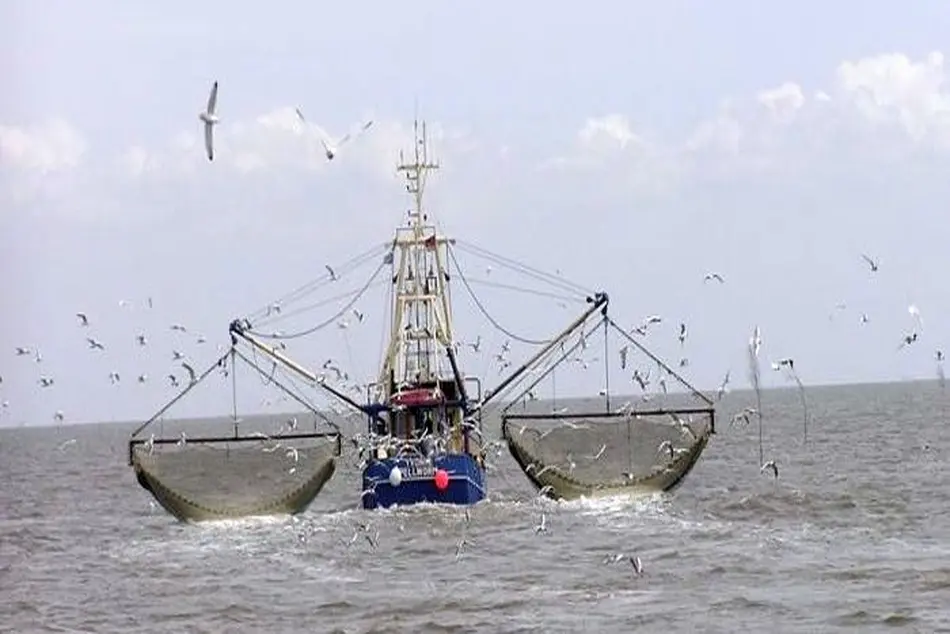Sudden sinking of fishing vessel highlights need of wearing PFDs
In the latest version of its Safety Digest, the UK MAIB presents the sudden and unexplained sinking of a fishing vessel, drawing attention to the necessity of a bilge alarm onboard and the importance not only of owning, but also wearing a personal flotation device while onboard.

In the latest version of its Safety Digest, the UK MAIB presents the sudden and unexplained sinking of a fishing vessel, drawing attention to the necessity of a bilge alarm onboard and the importance not only of owning, but also wearing a personal flotation device while onboard.
The incident
The skipper of a 6m potter boarded his boat and opened up the engine compartment to switch on the electrical isolator. The bilge appeared dry and all other checks confirmed the vessel was ready to put to sea. He loaded the boat with a fleet of 20 creels and headed out of the harbour. The weather conditions were fair with a force 2 to 3 breeze and, although the sea was choppy at times, the skipper had no concerns with his boat as he headed to his fishing grounds.
When about a mile offshore, the skipper noticed the vessel take a slight list to port and moved aft from the small wheelhouse to investigate. He saw steam coming out of the engine compartment and the deck quickly flooding with water. He headed back towards the wheelhouse to raise the alarm, but before he could reach the VHF radio the boat capsized to port and then sank by the stern. The skipper banged his head on the wheelhouse roof as he cleared the sinking vessel. When he surfaced, he kicked off his boots. He saw two fish boxes floating nearby, which he used for buoyancy.
Fortunately a small angling boat was in the vicinity and, within a couple of minutes, came to the skipper’s aid. He was rescued from the water and taken back to the harbour, where he was safely landed ashore.
Lessons Learned
- The cause of the sinking is not known. However, water must have flooded into the boat during the passage. Although fitted with an automatic electric bilge pump, whether it was running at any stage during the passage is unclear as the sound of it running could not be heard over the engine noise. While having an automatic bilge pump fitted has benefits, make sure there is an indicator fitted in the wheelhouse to show when it is running.
- In addition to the electric pump, a bilge alarm would have given a warning of the flooding. Do not simply rely on an automatic bilge pump. The pump can become blocked or the flood flow rate can be greater than the pump is able to handle, so having a bilge alarm is important.
- The skipper had been issued with a free personal flotation device (PFD), but he was not wearing it at the time. In a water temperature of 9°C and wearing oil skins, the skipper’s ability to remain afloat unaided was limited. A PFD is useless unless worn and, while there can be concerns of becoming entrapped during a boat sinking, this should not become the excuse for not wearing one. If you consider the risks of entrapment are significant on your vessel wear a manual inflation PFD instead.
- The skipper’s PFD had been fitted with a personal locator beacon. If a vessel had not been nearby, this device would have enabled the skipper to alert the rescue services quickly, minimising his time in the water and, hopefully, the onset of hypothermia. Yet another reason why the PFD should have been worn.
Source: safety4sea



